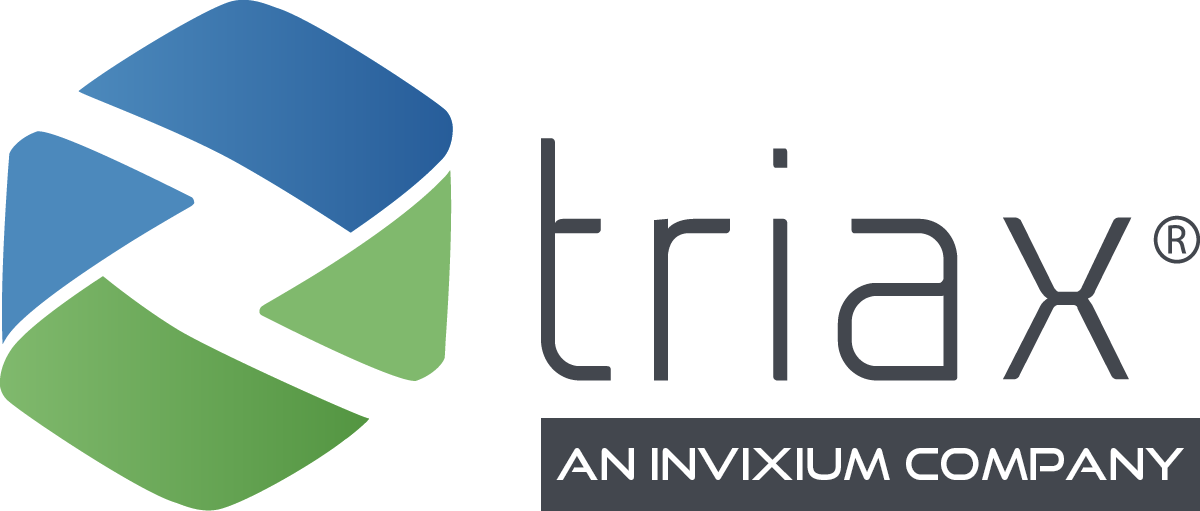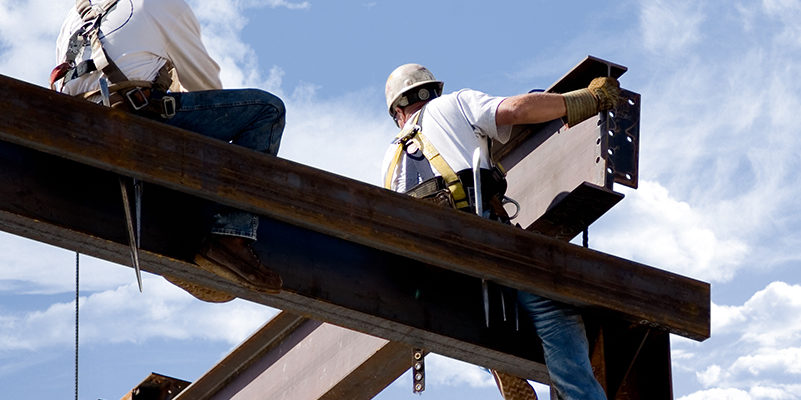While we believe that everyone in the construction industry wants to return home in the same condition as when they arrived, unfortunately, safety can sometimes take a supporting role to keeping projects on schedule and on budget. A 2017 National Safety Council survey of 2,000 workers, for example, found that more than one-third (36%) strongly or somewhat agreed that “safety takes a backseat” to completing job tasks. In extreme cases, accidents or workers’ compensation costs may be viewed as a “cost of doing business,” and jobsite safety is a focus unless—or until—production is affected.
And while some may feel safety, work quality, and productivity are competing objectives or mutually exclusive, the truth is that they could not be more closely aligned.
The Link between Quality and Safety
Rework is defined as correcting a defective or failed component of a project. Not only does rework cost construction companies time and money, but it also causes frustration. No one wants to go back and rework part of a project due to some sort of mishap or oversight. When rework is needed, hours, days, weeks, or even months of work can be rendered useless, as project leaders and crews need to reshuffle their plans to meet deadlines, stay within project budgets, and provide value to their clients.
Importantly, accidents are most likely to occur during demolition and rework. When workers commit to the highest quality and safety standards – even if it needs a slower, more realistic timeline upfront – they will still always come out on top. The old adage “Measure twice, cut once” once again proves true; any time a crew can avoid reworking something, there is less frustration, less confusion, and less rush.
Ways to Improve Work Quality
With all the above information in mind, it becomes clear that putting a strong focus on completing quality, safe work needs to be of the utmost importance. Foremen, project managers, and those responsible for managing construction crews should consider the following leading up to and throughout a project to maximize quality:
- Communicate with your crew. Of all the ways to improve work quality, this is the most important. Set clear expectations up front, regularly communicate workflows and project milestones, and take the time to point out what they have done well. Look back over the things that went right and talk about the things that didn’t. By the same token, don’t hesitate to talk about things they could do better. The goal is to encourage each worker to do their best work, and if you let the little things slide, don’t be surprised when big reworks or issues arise.
- Set new standards. Rather than simply allowing crew members to “get by” with their work, challenge them to go above and beyond what they would normally do. Provide them with support and encouragement along the way. Reward crews for meeting their goals.
- Adopt innovative technologies. With today’s technologies, it is possible to collect vast amounts of data in real-time, analyze that data, and look for trends that may lead to rework. Drones, for example, can track jobsite progress more efficiently and affordably than previously possible, identifying a high-risk area or a potential building defect. Similarly, environmental sensors can monitor air temperature or humidity to detect conditions that negatively impact building structure of integrity. When that information is available on a central, Cloud-based dashboard, different project stakeholders can be made aware of issues that affect the building process or the structure itself. In addition, wearable technology like the Spot-r Clip gives workers the ability to report a hazard or potential issue, such as garbage that needs to be removed or a burst pipe, from anywhere on site. By providing an intuitive tool that connects workers to supervisors, contractors can facilitate communication, boost worker engagement and safety, and help ensure project quality.
When management teams rush workers to complete tasks, the margin for error is substantially reduced. Projects require proper planning, time and space, and when processes are discarded in the name of production, critical quality assurance and safety corners are generally the first to be cut. When this happens, the likelihood of future rework increases, which increases the chances of a safety accident to roughly one in four!
Quality and safety are inextricably linked, and when one is favored over the other, everyone loses. By leveraging technology to monitor site operations and measure progress in real-time, site superintendents can more proactively deploy their resources to stay on top of workflows and ahead of potential safety/downtime/quality issues.
Enhance Your Worksite Safety with Customized Solutions from Triax Technologies
Looking for a worksite productivity and safety solution? Spot-r by Triax is a comprehensive IIoT platform solution that offers a customized blend of devices, network, application, and insights to capture, synthesize, and act on field data. Learn more about how Triax Technologies is helping improve jobsite safety and productivity with Spot-r, contact us today or request demo of our IIoT platform to get started today!

